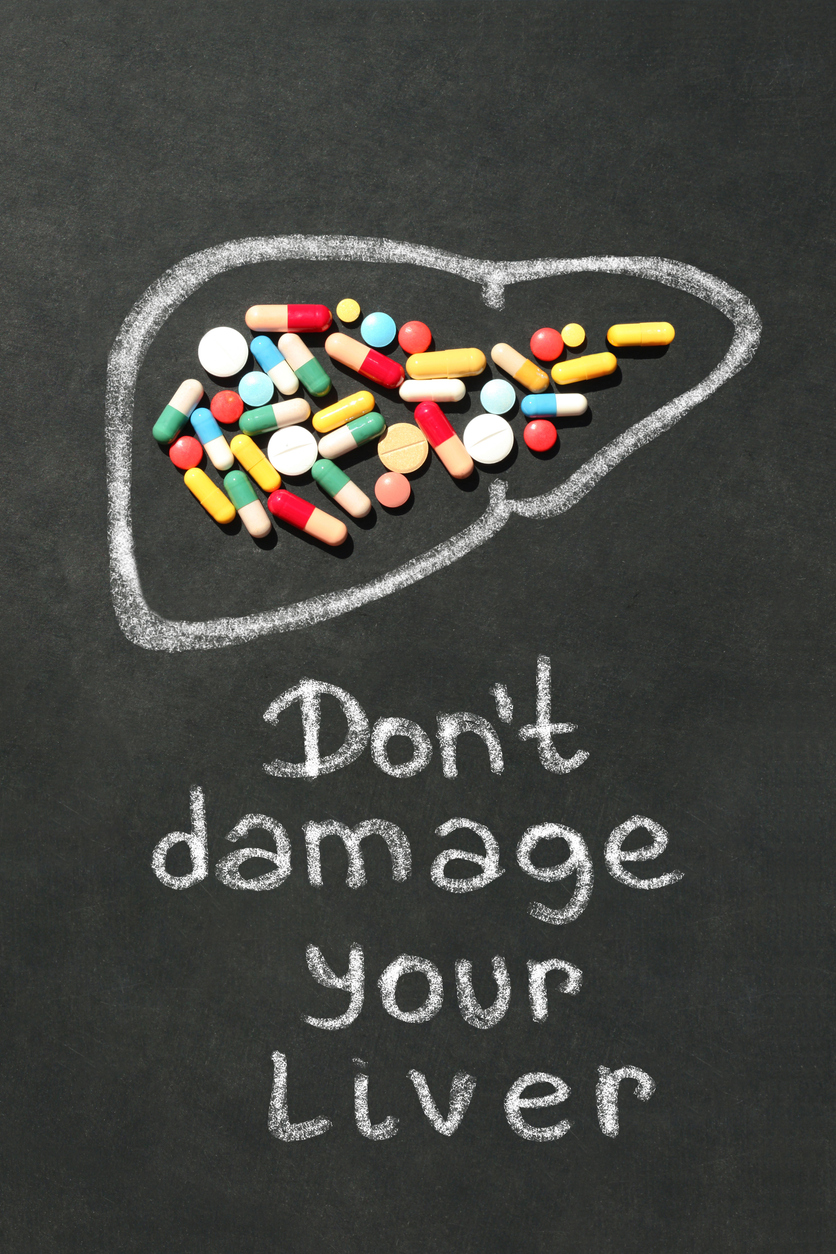Treatments
3 Main Types of Topical Pain Relief Medication

Topical pain medications are applied to the skin via a cream, patch or spray. They are a good option for individuals who have difficulty swallowing oral medication and can be especially effective if pain is localized in a specific area.
Three main types of topical pain medications are available:
1. Local anesthetics
Local anesthetics reduce pain by numbing the area for a short period. A lidocaine patch can treat pain associated with post-herpetic neuralgia (a condition sometimes developed after the shingles virus) or pain-related symptoms such as allodynia. Some over-the-counter topical local anesthetics can ease the sting of sunburn and poison ivy; they are typically available in a gel, spray or patch.
2. Pain medications
The topical pain medication diclofenac (a non-steroidal anti-inflammatory) works by decreasing inflammation in a particular area of the body. Topical aspirin creams block pain-causing substances in the body. Some topical pain relievers can be purchased over the counter. Topical pain medications, which may contain narcotic pain relievers for additional relief, are available through prescription only.
3. Counter-irritants
Topical counter-irritants include menthol, wintergreen oil or eucalyptus oil; they provide a cooling sensation to irritated or inflamed nerves. This sensation distracts the brain from the sensation of pain.
Risks of topical therapy
Individuals should always follow a doctor's instructions before starting any new medication. Topical treatments may cause allergic reactions. If an individual is sensitive to an ingredient in an oral pain reliever, the topical form should be avoided as well. A health care provider should be consulted immediately if a patch begins to burn or turns the skin red. Using topical treatments on any sensitive areas of the body, including on broken skin or wounds, should be avoided. It is important to note that overdose is possible with topical pain medications. Individuals should always follow the dosing instructions that are provided with the medication.














